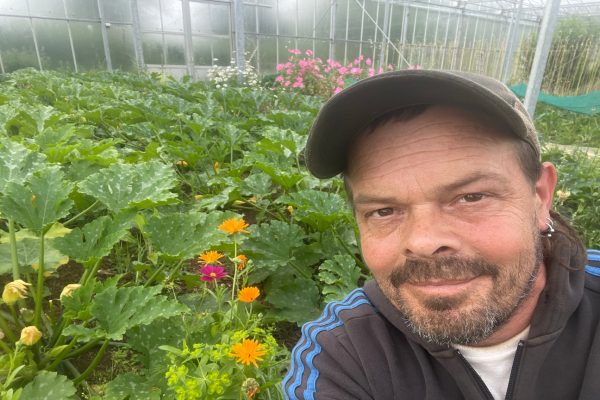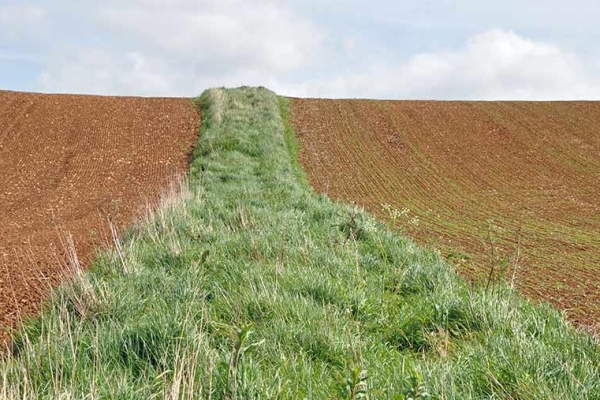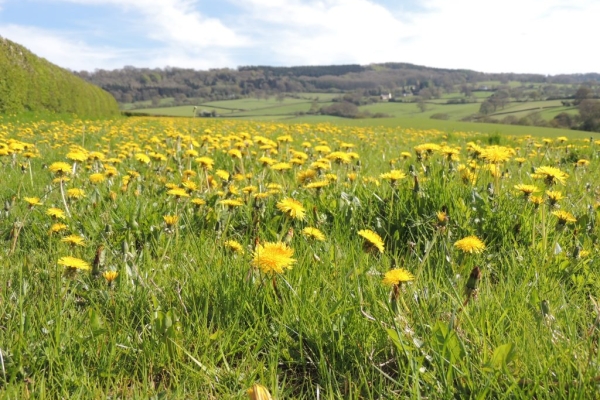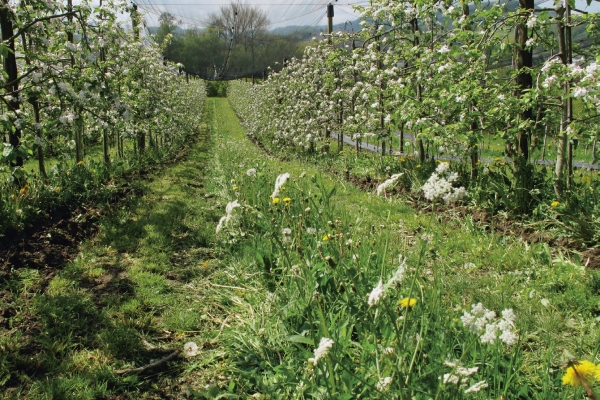Increasing crop diversification with flower strips to improve natural pest control and pollination
DiverIMPACTS Practice Abstract
Resource explained
Conventional pest control based on the use of synthetic insecticides can contribute to the loss of farmland biodiversity, and the presence of insecticide residues in surface and ground water and harvested products can have many negative consequences. Flower strips (of species-rich plant mixtures) on arable land adapted to particular crops, soil quality and pedoclimatic conditions, can significantly support natural pest control and pollination. They can help deliver different ecosystem services and conserve biodiversity. This abstract, created as part of the DiverIMPACTS (Diversification through Rotation, Inter-cropping, Multiple Cropping, Promoted with Actors and value-Chains towards Sustainability) project, gives some practical recommendations of how to ensure well-selected mixtures (using annuals, biennials and perennials) can guarantee a flowering relay throughout the season and thereby attract useful insects and other groups of invertebrates alongside the cash crop.
Findings & recommendations
- Flower strips can attract natural enemies of pests i.e. parasitoids, predatory insects and spiders, and insects that collect pollen or nectar. The key consideration when selecting plant species for flower strips is to maximise on their effectiveness in attracting invertebrates during the growing season.
- When selecting the combination of plant species, it is important to take into account the requirements of the desired insect species so that you can ensure the plants support natural plant protection and pollination and that the flowering periods are as diverse as possible. They should consist primarily of agricultural and wild native species and should preferably be a mixture of abundantly flowering plants producing significant amounts of nectar and pollen, plants with diversified growing times, annual, biennial and perennial species, and species with different time and length of flowering. The abstract lists specific examples for each.
- Preferably 5-10% of arable land should be covered by flower strips with less than 100m between flower strips. The strips should be between 3 and 8m wide.
The overall goal of the DiverIMPACTS project is to achieve the full potential of diversification of cropping systems for improved productivity, delivery of ecosystem services and resource-efficient and sustainable value chains. View the project website and other practice abstracts here.






